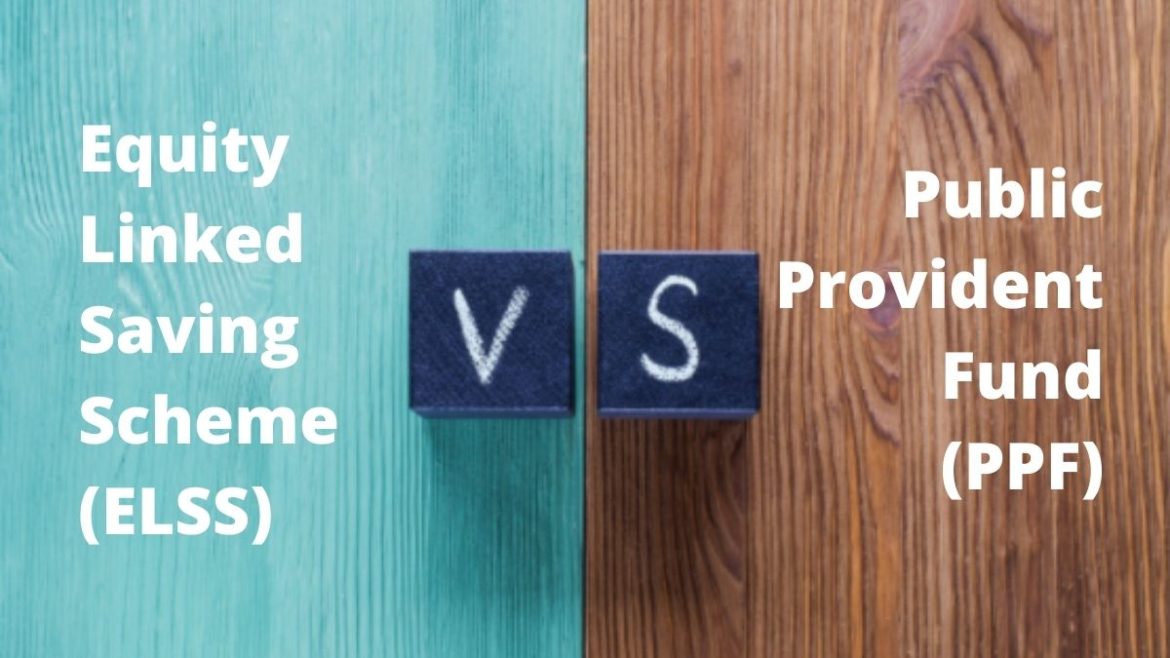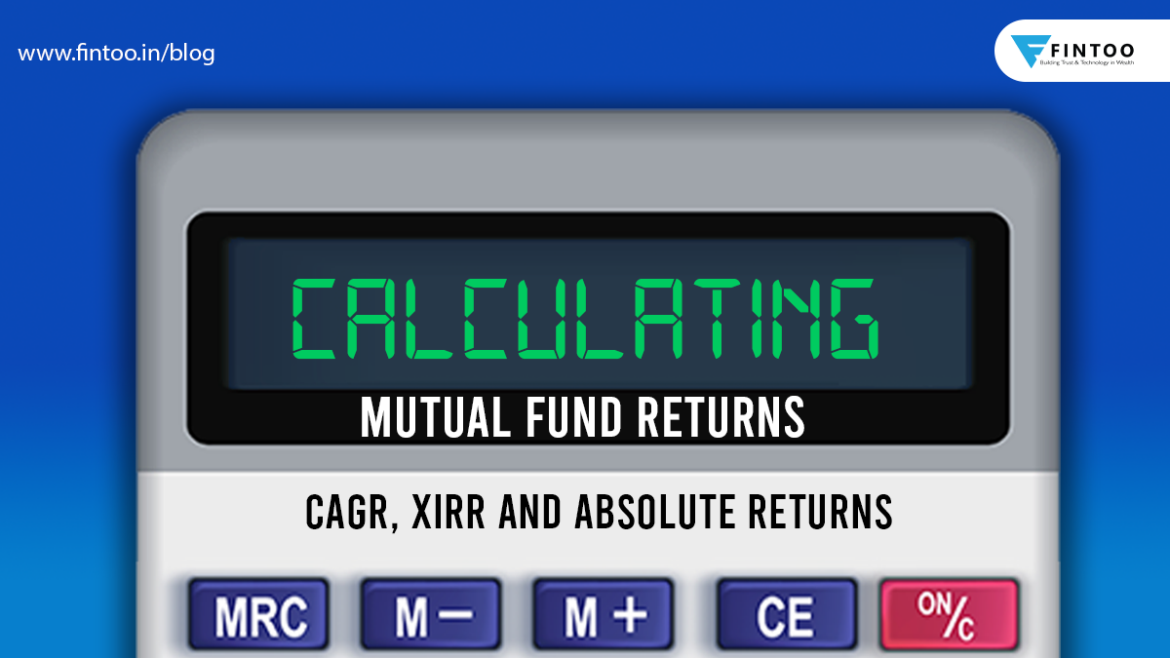

Calculating Mutual fund Returns – CAGR, XIRR and Absolute Returns


Will Taxing High-Value Insurance Benefit Debt Mutual Funds?


Your Guide To Investing In Passive Mutual Funds


Star Rating Methodology Of Mutual Funds
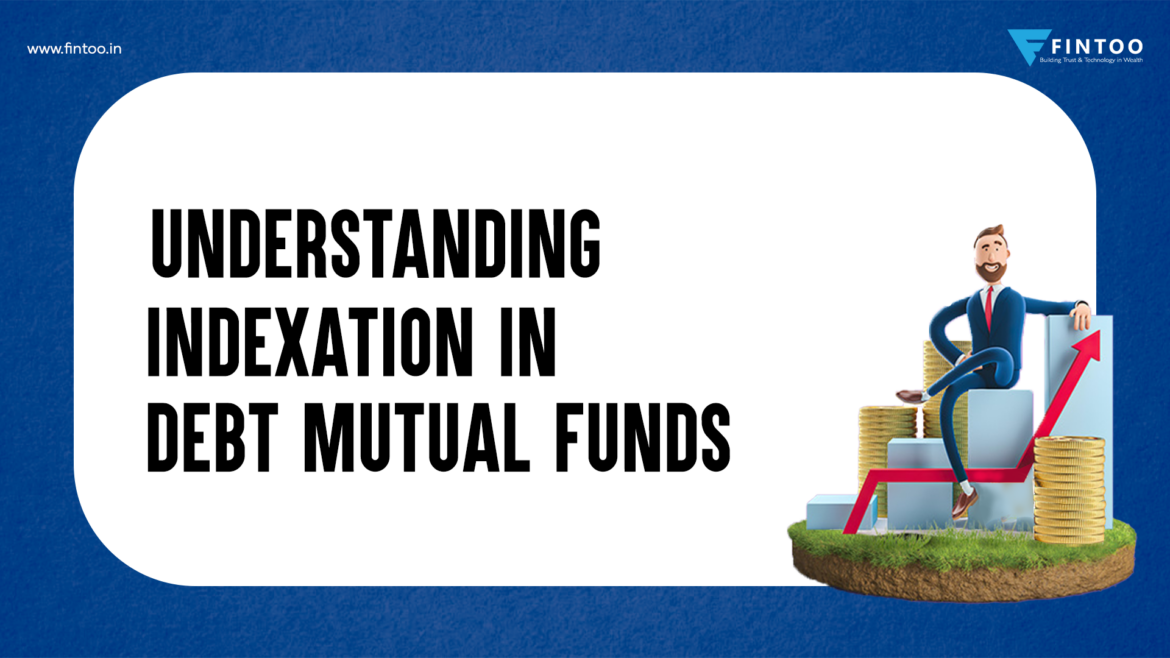

Understanding Indexation In Debt Mutual Funds


How To Select The Best Debt Mutual Funds?
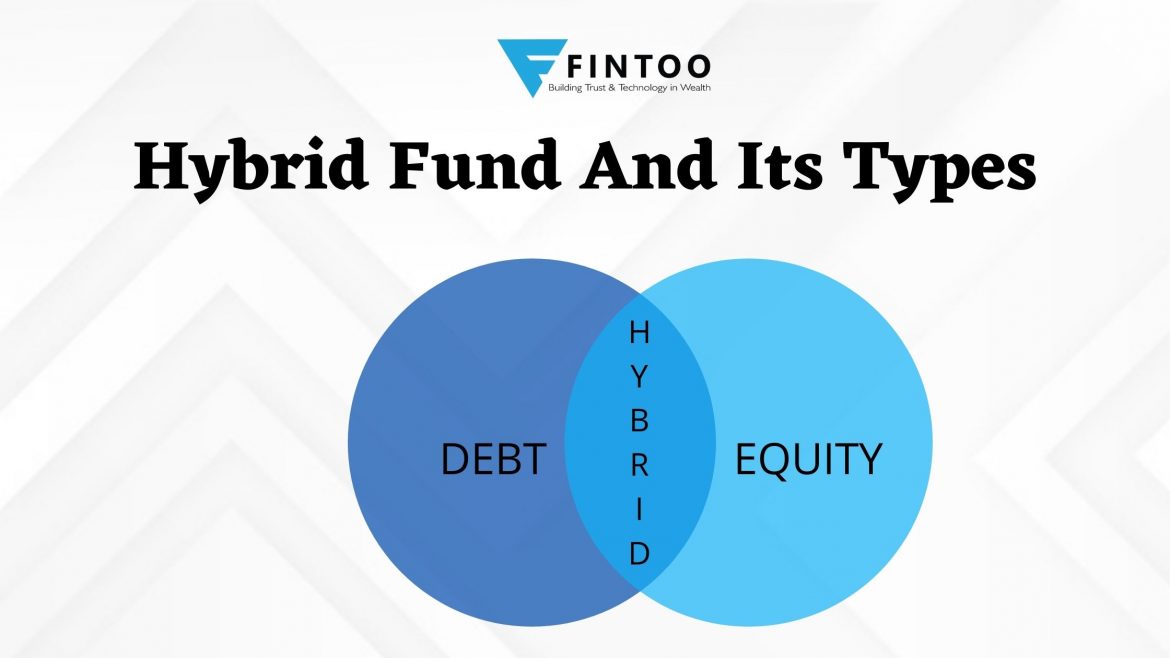

Hybrid Funds And Its Types


How ELSS is better than any other Tax saving scheme?
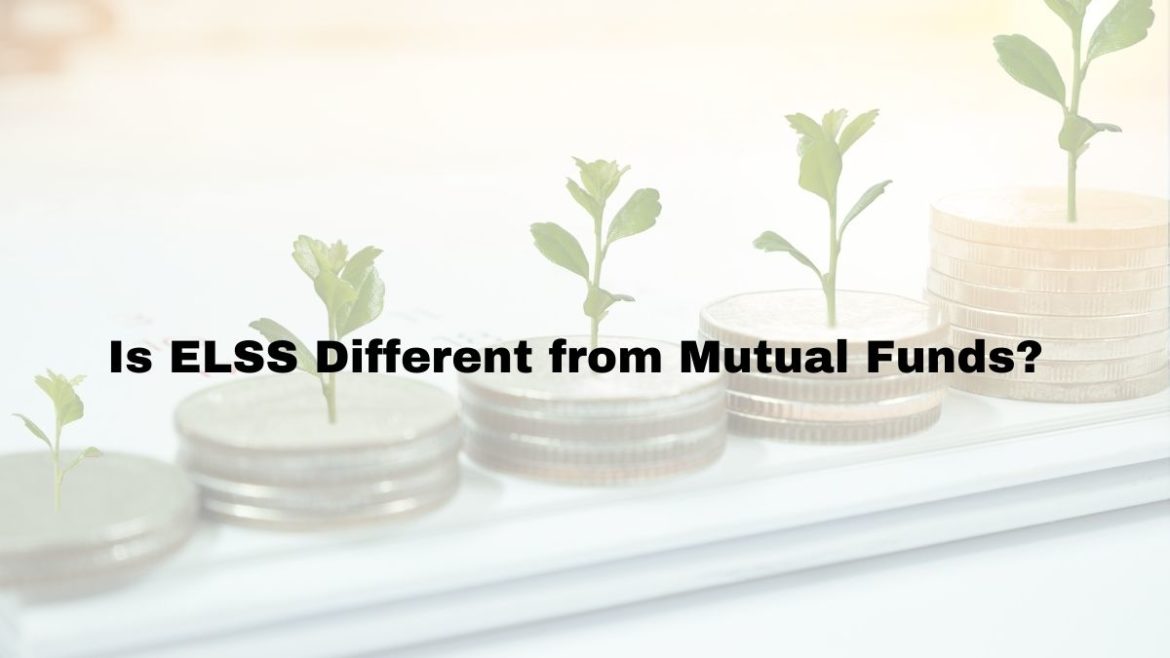

What is ELSS? Is ELSS Different from Mutual Funds?
